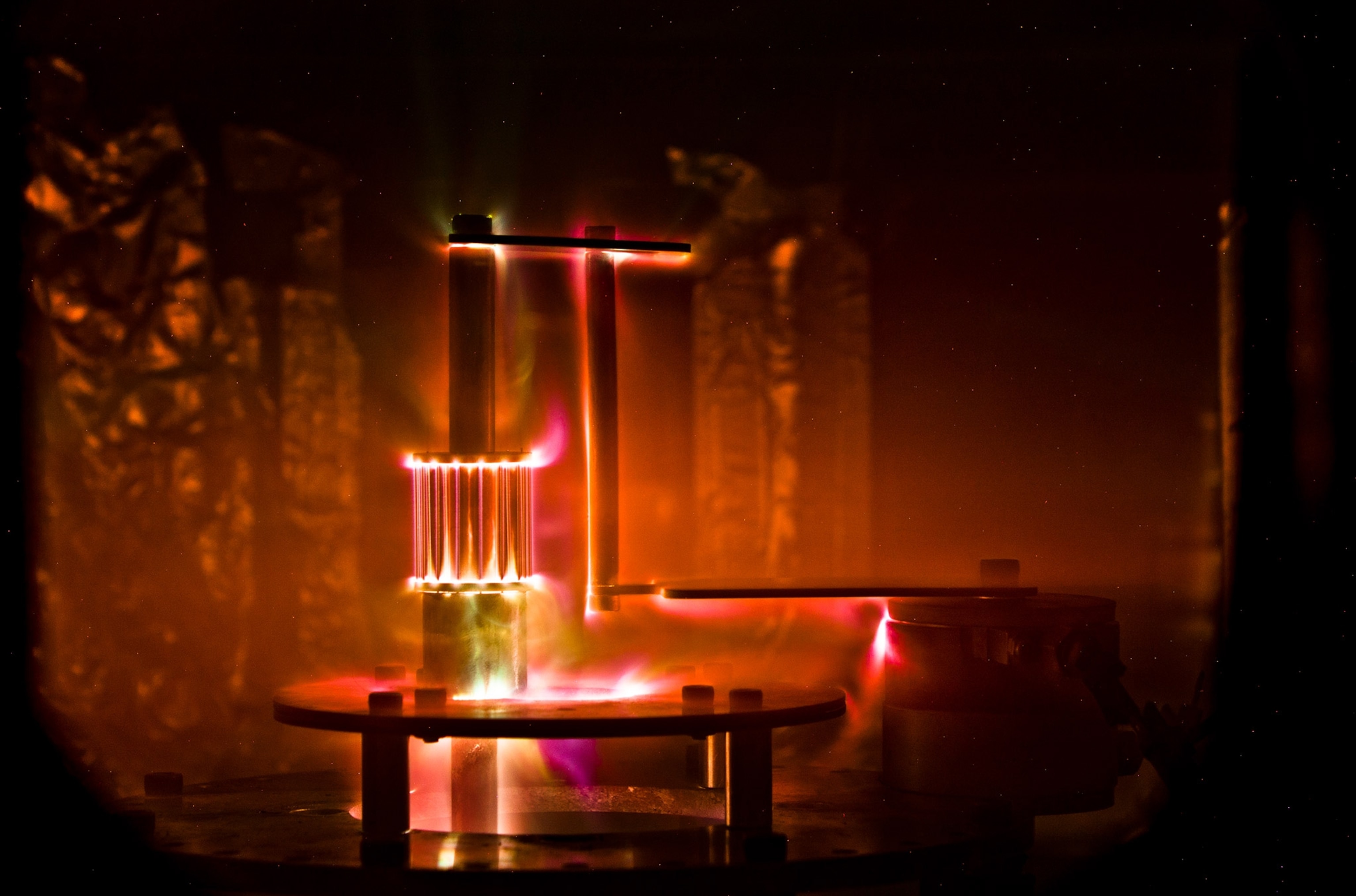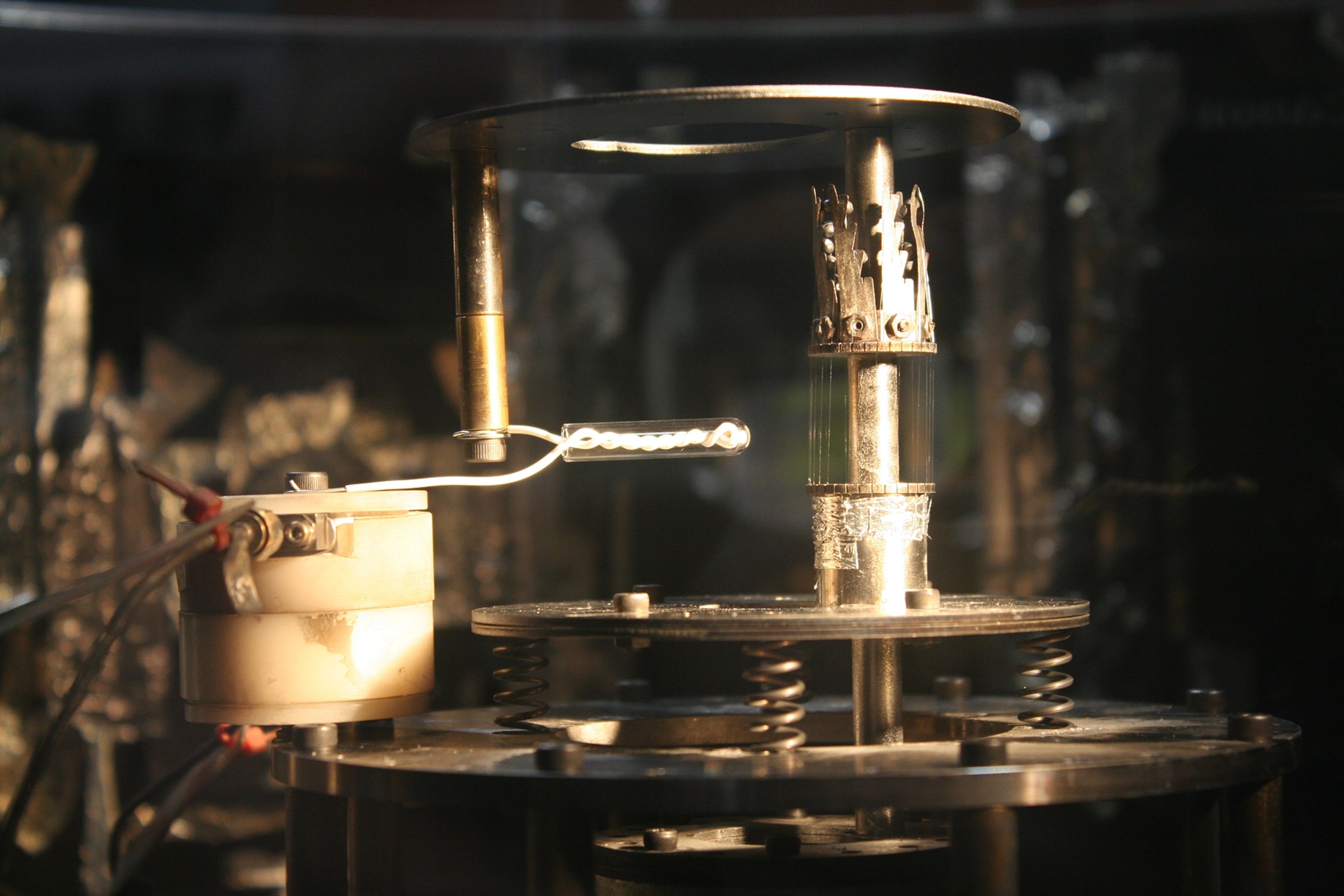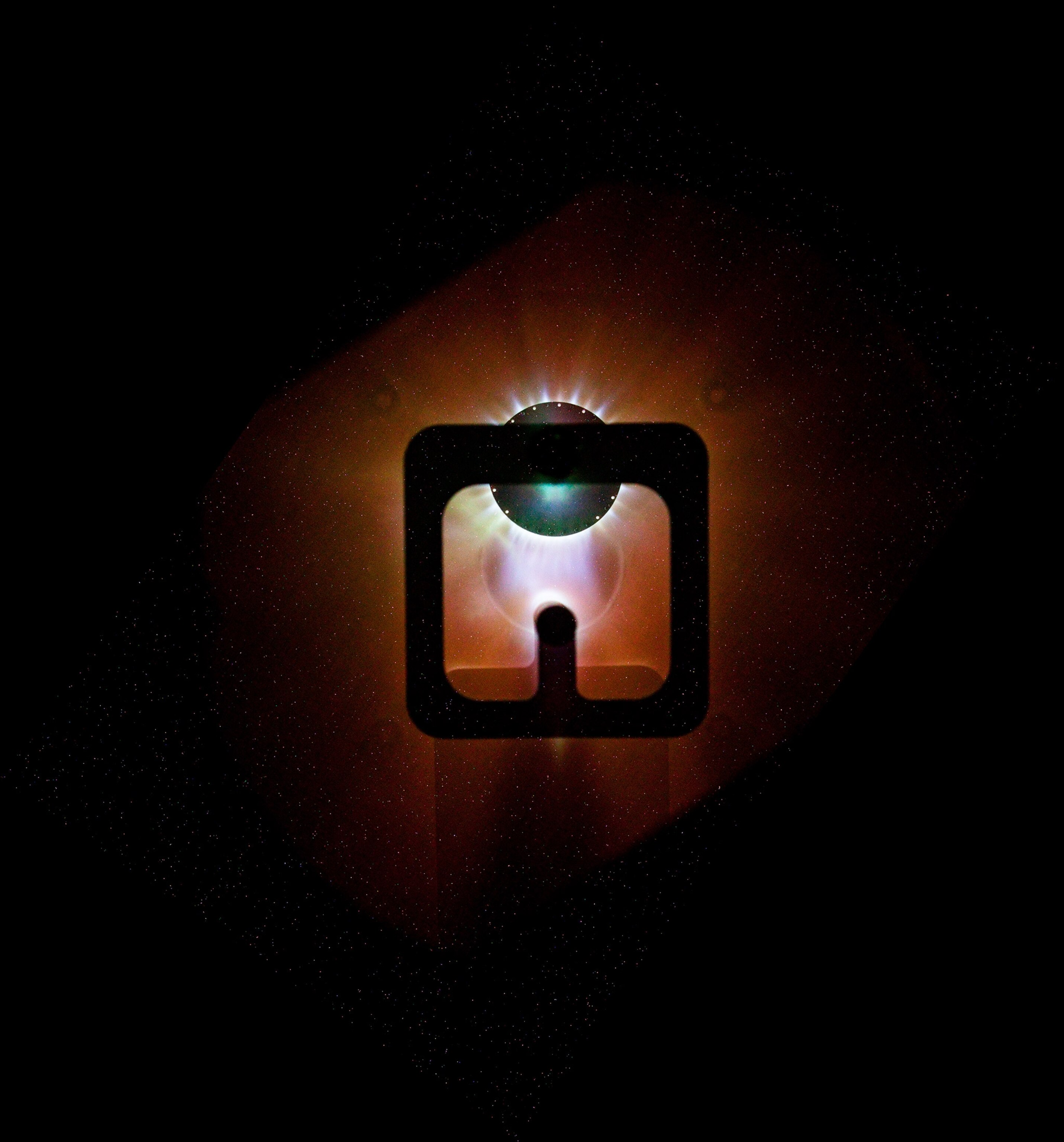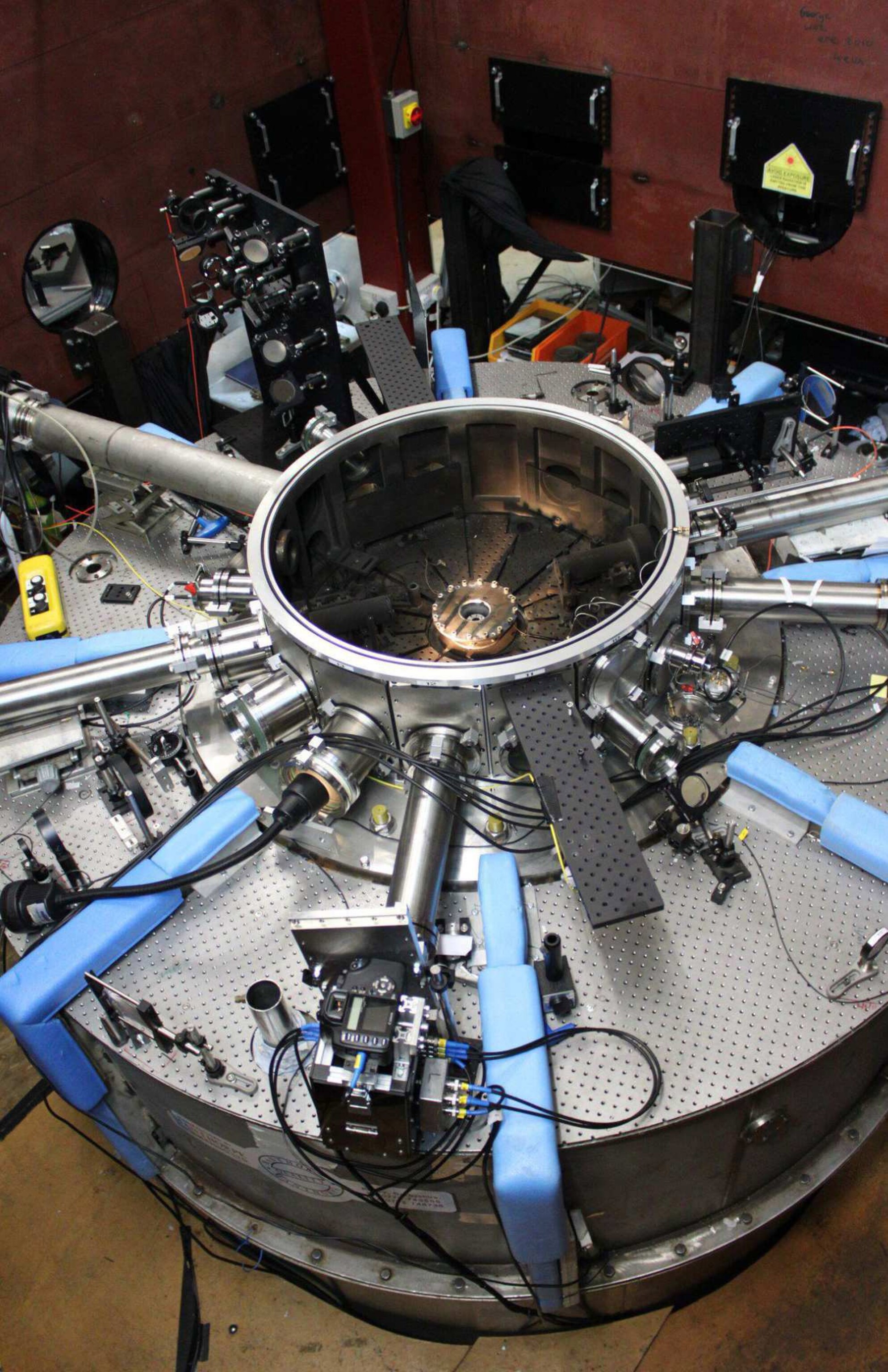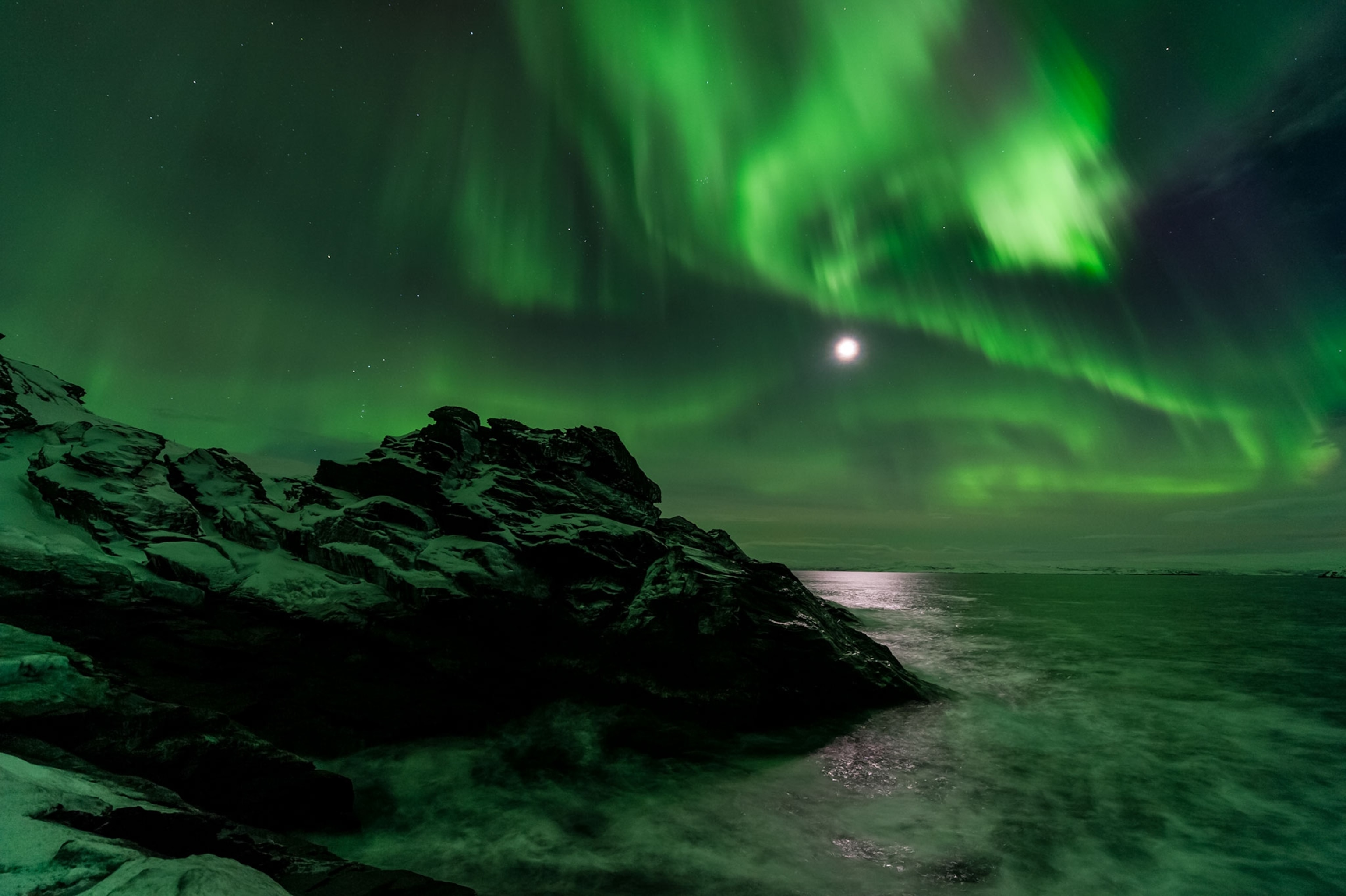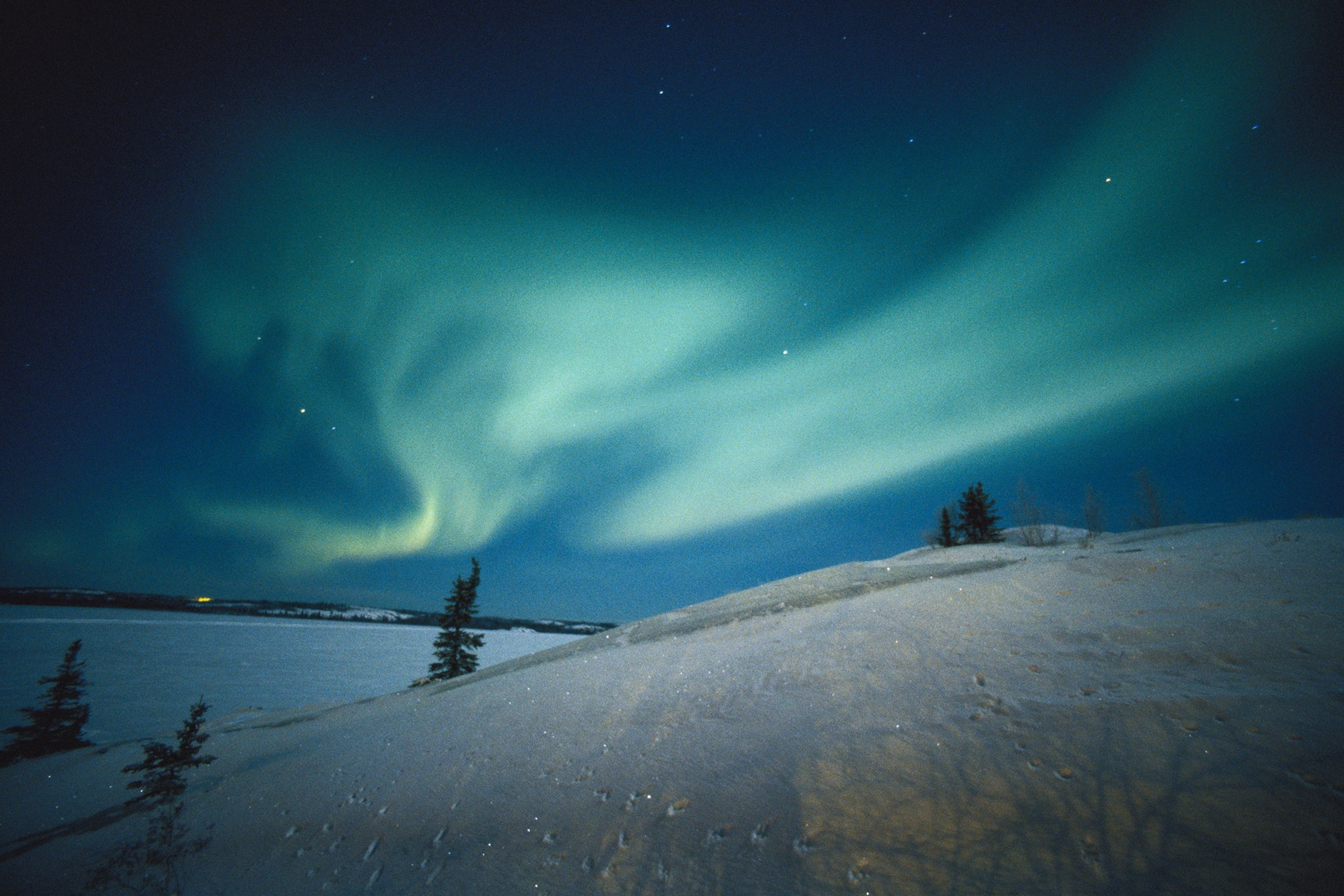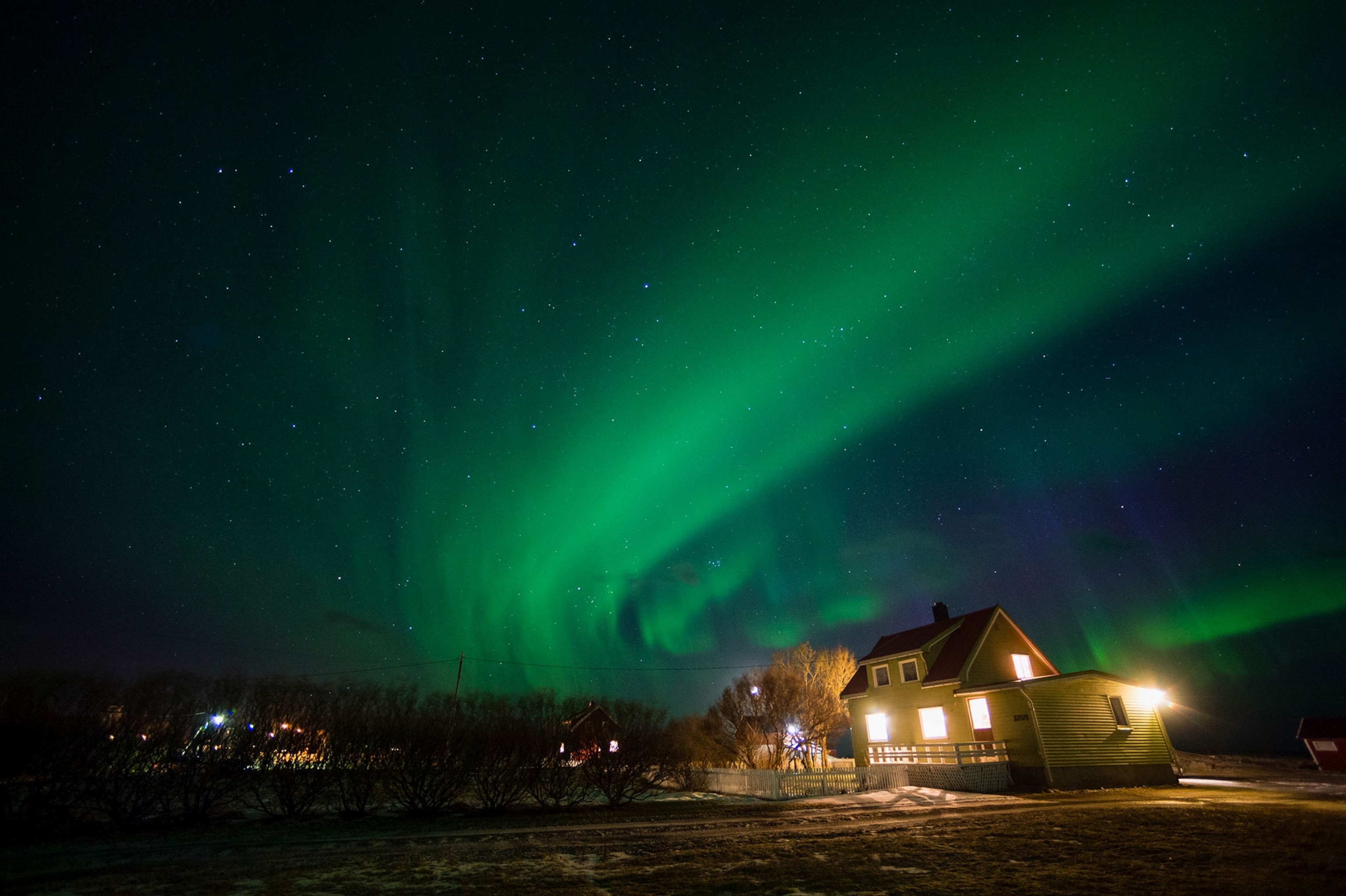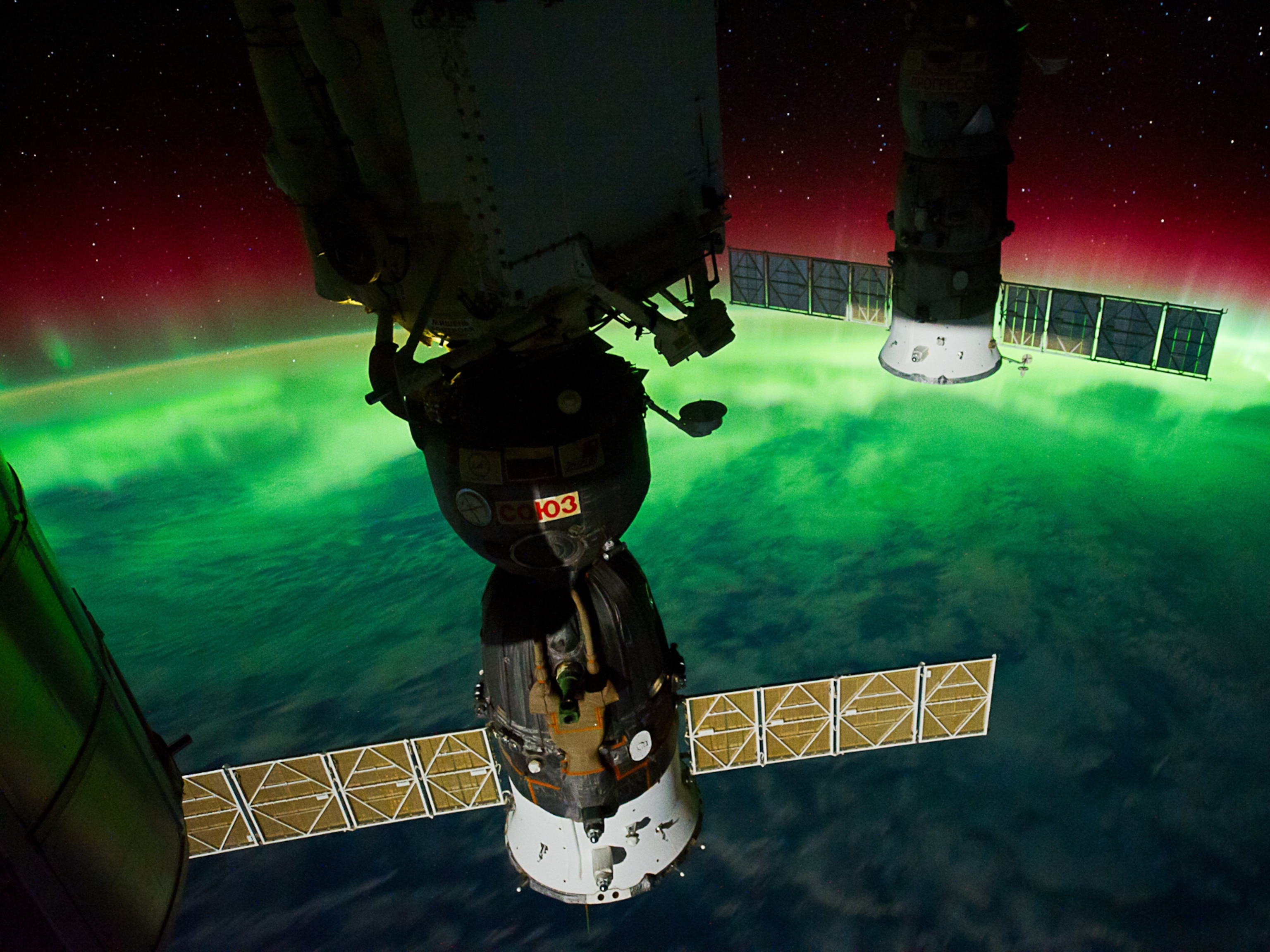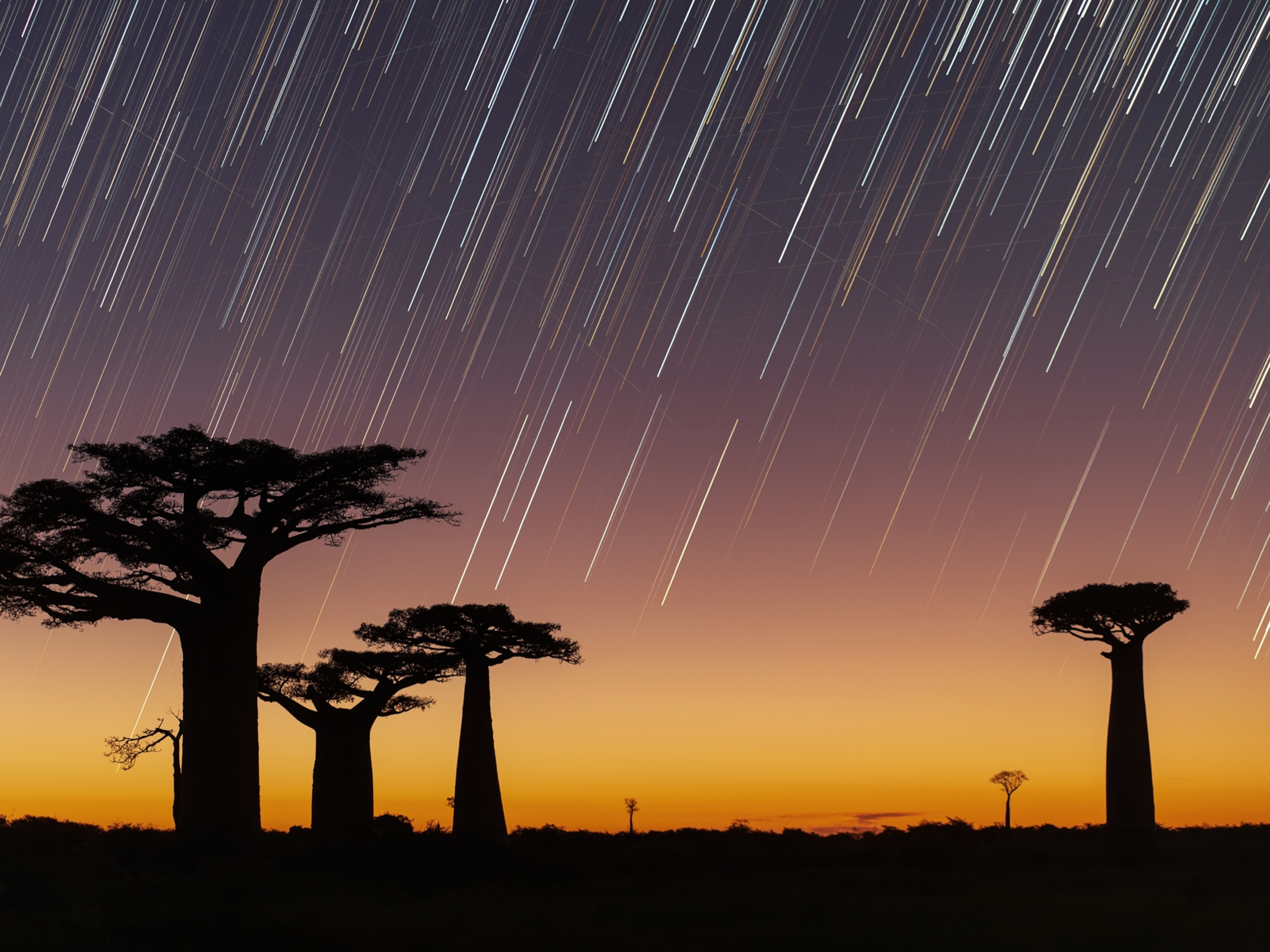Why space weather is being made in the lab
As a NASA probe spirals closer to the sun, one team on Earth is re-creating the delicate dance between our star and the planet.
Launched in August, NASA’s Parker Solar Probe is now spiraling toward the sun on a mission to understand the solar wind, a supersonic soup of charged particles and magnetic field lines that our star sends streaming into space. Through 24 ever-shrinking orbits, the probe will eventually get within four million miles of the sun’s surface, allowing it to witness the source of the wind in spectacular detail.
Meanwhile, down here on Earth, a team of scientists is using a defunct nuclear fusion device to re-create the sun’s windy emissions with unparalleled realism.
The Mega Ampere Generator for Plasma Implosion Experiments, or MAGPIE, is a two-storey machine within the labyrinthine basement of Imperial College London. Inside, a box-sized crucible resides at the heart of a collection of giant tubes. Every now and then, for half a millionth of a second, it literally explodes into life, releasing a burst of miniaturized solar wind that scientists can study as it interacts with its magnetic target.
Other laboratories around the world also study high-powered magnetic interactions with similar machines, but what these researchers are doing with MAGPIE is unique: The team has specifically made a scaled-down model of the solar system to understand how stellar winds and planetary magnetic fields dance in the dark.
“This experiment and this application? We’re the first to do this” says MAGPIE team member Lee Suttle, a research associate at Imperial College London’s Plasma Physics Group.
Snapshots of the solar wind
The existence of solar wind was first proposed by the NASA probe’s namesake, Eugene Parker, back in 1958. He elucidated how material could escape the sun’s immense gravitational well. Confirmed in the next few years by the Soviet Luna 1 moon probe and NASA’s Mariner 2 mission to Venus, much about the solar wind remains enigmatic. We don’t really know how it’s born, or why there are both fast and slow streams.
How solar wind interacts with Earth matters, too. When the plasma reaches us, it can create beautiful aurorae near the magnetic poles. But particularly powerful jets of solar material called coronal mass ejections can trigger geomagnetic storms, which can disrupt and destroy electronic equipment orbiting the planet and down at the surface.
Related: Aurora Pictures
Satellites placed in various points between Earth and the sun can detect charged particles and magnetic fields with incredible precision, but they only give snapshots of parts of the interaction between the solar wind and the planet. As such, we don’t yet have a complete picture of how this space weather works.
“If you just see what the sun does, then all you can see is what it creates,” says Jonathan Eastwood, a senior lecturer of space physics at Imperial College London. “In a lab, though, you can create almost any event you like and systematically find out what's going on and how things work.”
And unlike other labs, MAGPIE can replicate solar wind careening into Earth’s magnetic field in two dimensions. That, Eastwood says, “gives us a global picture.”
Shrinking the solar system
You might think it would take colossal amounts of energy to essentially copy a solar process, but you’d be wrong.
“The lab runs on the same amount of energy needed to boil a kettle,” Suttle says. “But we can’t run this experiment off the National Grid, because we’d short out the whole network.” Instead, energy is stored in toddler-sized capacitors, where it is then injected into the core of the machine at unfathomable speeds–and speed is what matters.
A series of wires representing the sun are suddenly electrified and vaporized by this pulse of energy. This generates the proxy solar wind plasma, which then accelerates at three times the speed of sound into a magnetized target mimicking Earth’s magnetosphere.
The lab runs on the same amount of energy needed to boil a kettle.Lee Suttle, Imperial College London
These violent rendezvouses are driven by an enigmatic process called magnetic reconnection. When the magnetic field lines of Earth and the sun meet, a dramatic reconfiguration takes place. Magnetic field lines shatter, and plenty of stored energy is unleashed. Theories from the 1960s that are still abided by today say that this process takes place over days. But modern satellites have seen it happening over a matter of minutes.
“Trying to understand why we have the timescale for these events so fundamentally wrong is a very big question,” Suttle says.
Several experiments can reproduce magnetic reconnection and have already provided some answers to this riddle. However, MAGPIE’s novel set-up permits researchers to witness both the initial magnetic reconfiguration on Earth’s dayside as well as the second point of reconnection on the nightside, providing a new level of verisimilitude.
To infinity and beyond
It’s not all about Earth. Eastwood hopes that MAGPIE could replicate stellar wind hitting other planets and moons in the solar system, long before space probes ever arrive. And for more exotic objects elsewhere in the universe, the University of Michigan’s mighty HERCULES laser is helping to extend our reach.
Officially the most intense laser the world has ever seen, HERCULES is able to heat metal to such extreme temperatures that it not only generates plasma, but also accelerates electrons close to the speed of light.
We’re way beyond stellar winds here, says Louise Willingale, an assistant professor at Michigan University’s Center for Ultrafast Optical Science and one of HERCULES’ controllers. Instead, these experiments are producing conditions a little like what you’d see flaring off sources like pulsars, the rapidly spinning corpses of dead stars.
“We’re going a little bit more in the crazy direction, off into the unknown,” she says.
With machines like MAGPIE and HERCULES complementing our fleet of space robots, scientists are on the cusp of understanding these high-energy interactions from across the cosmos at all phases of the game.
“It’s all magic to me,” Willingale says.
